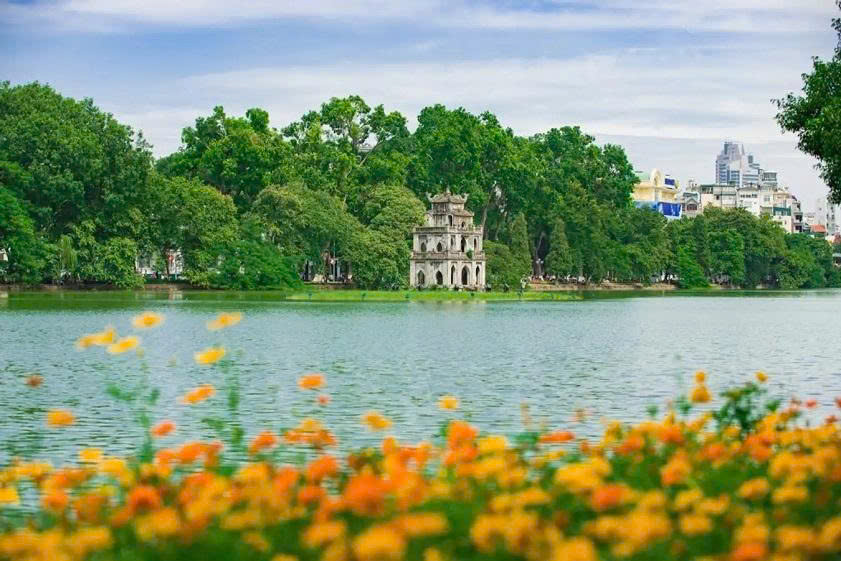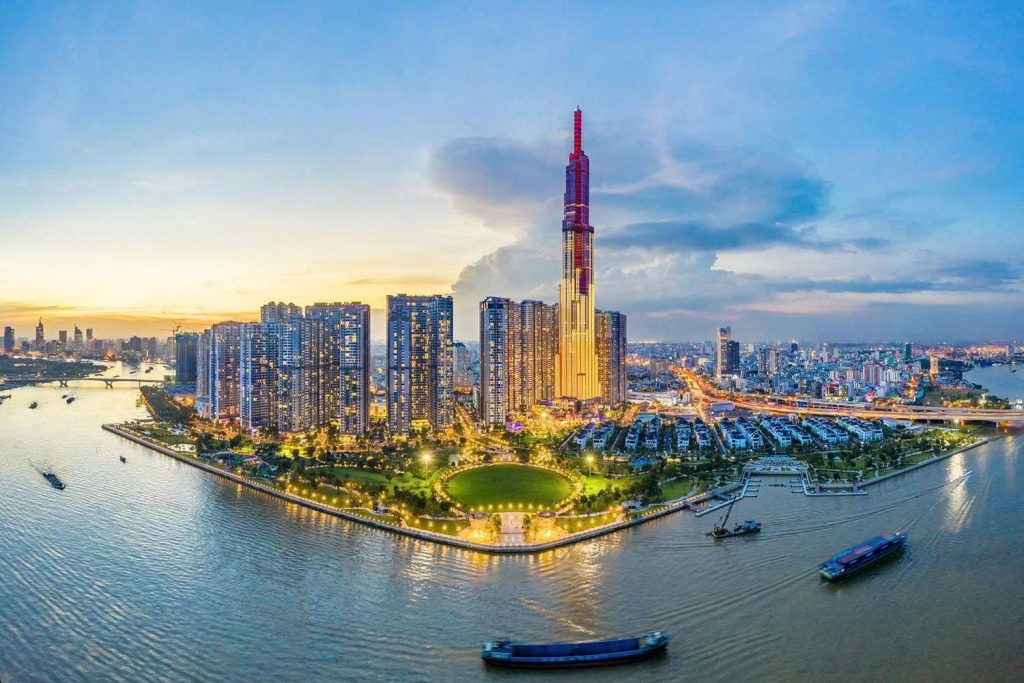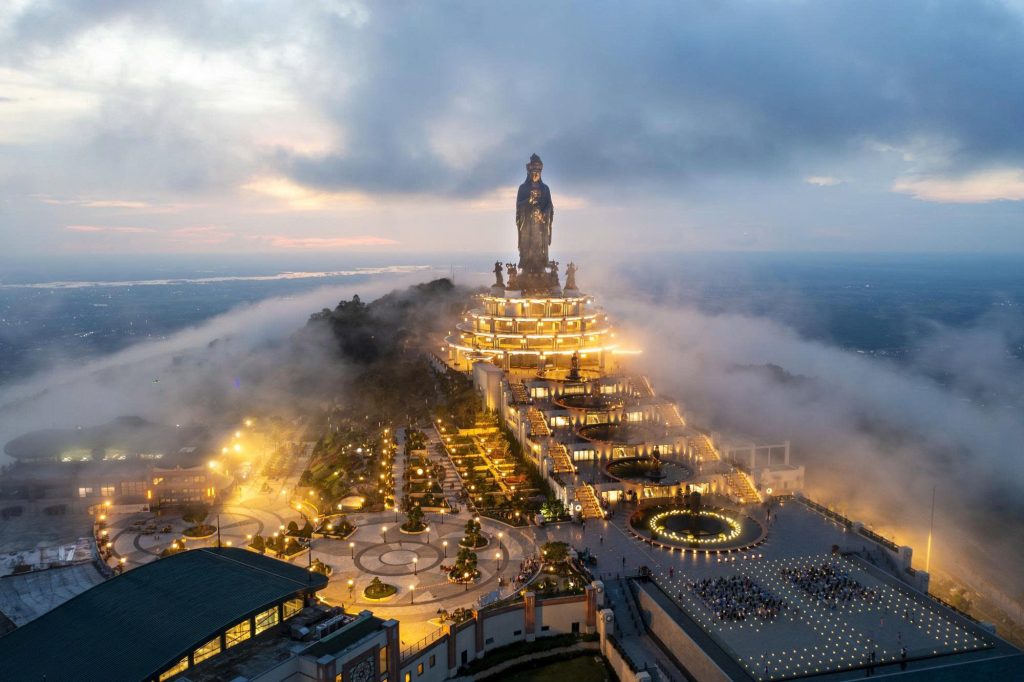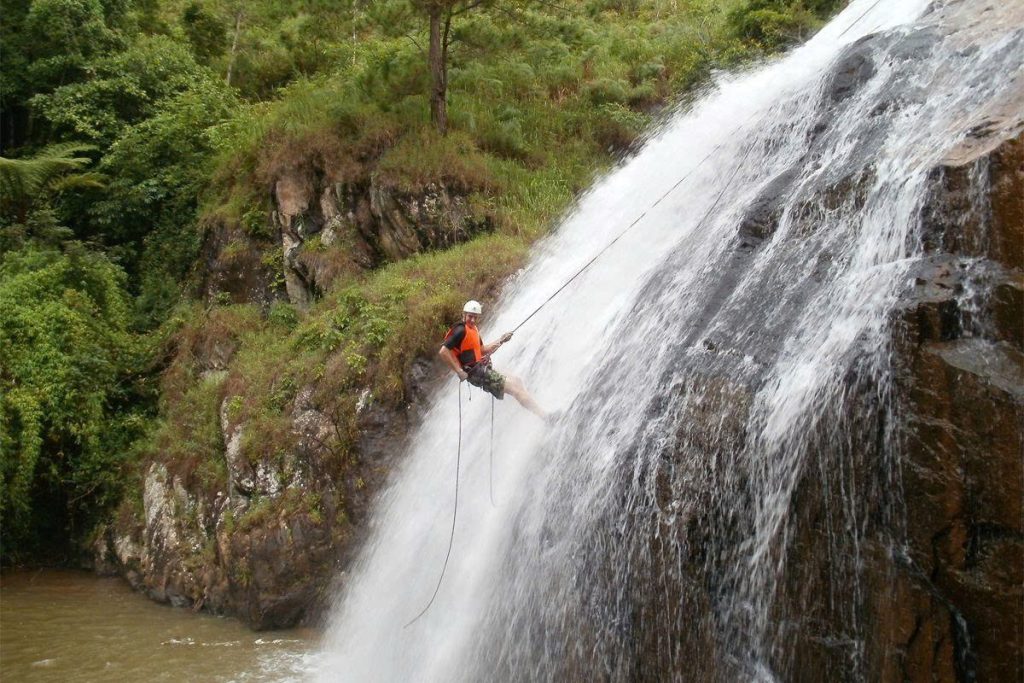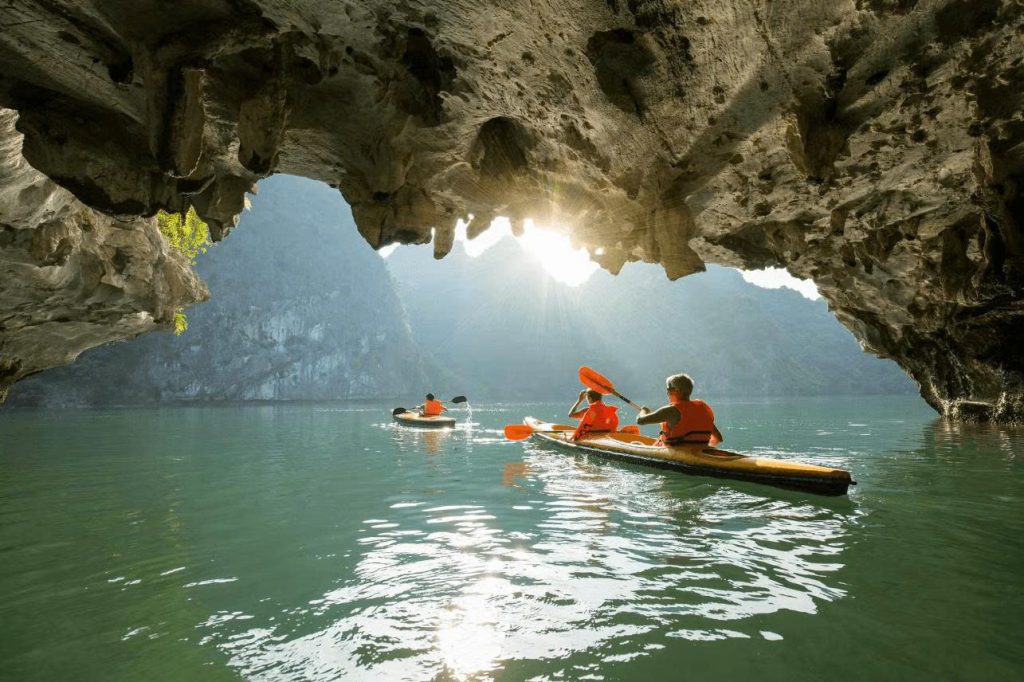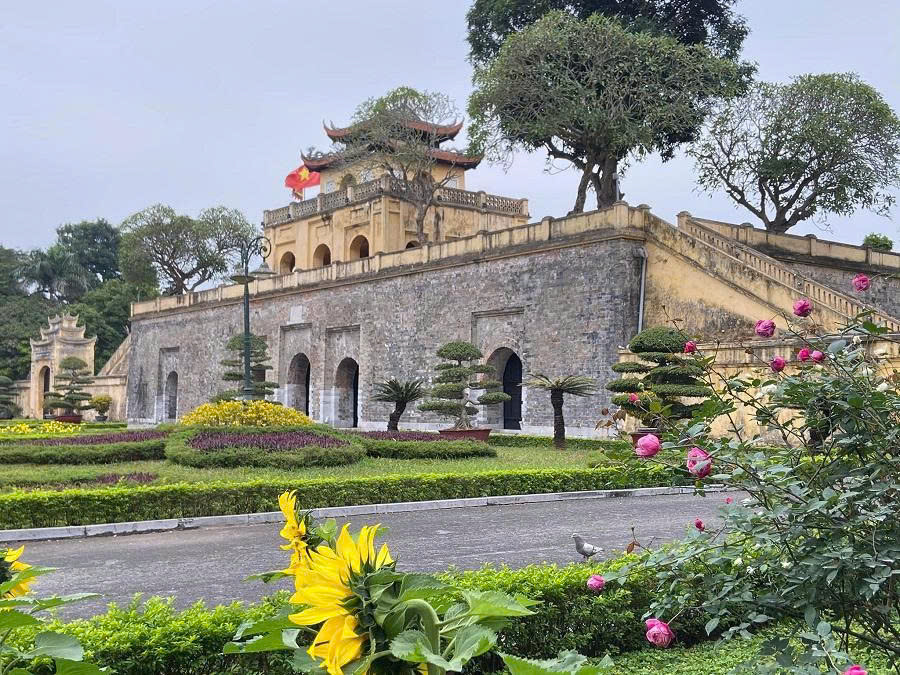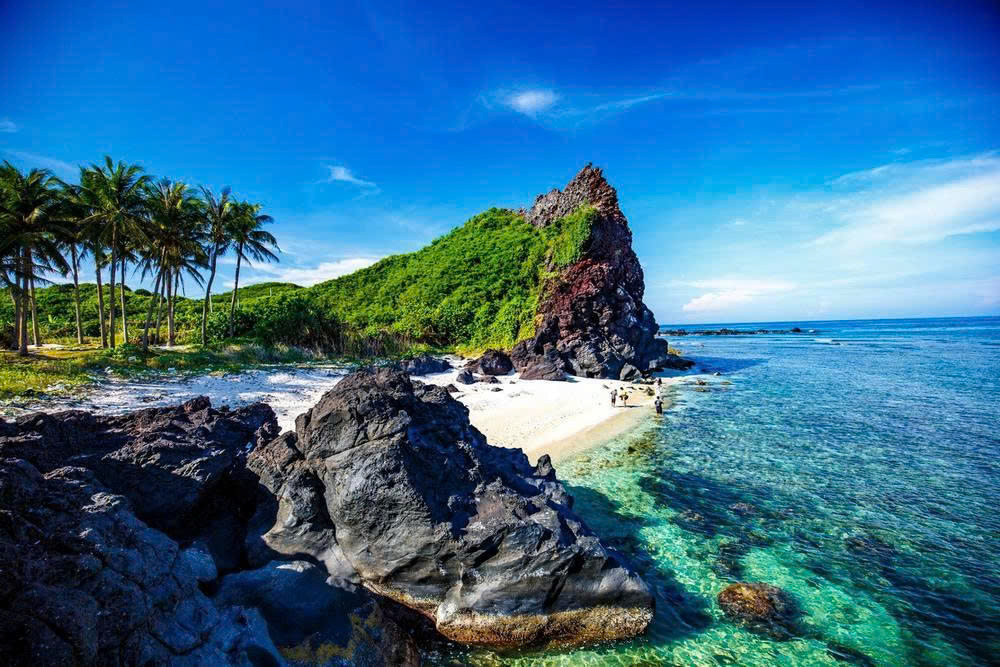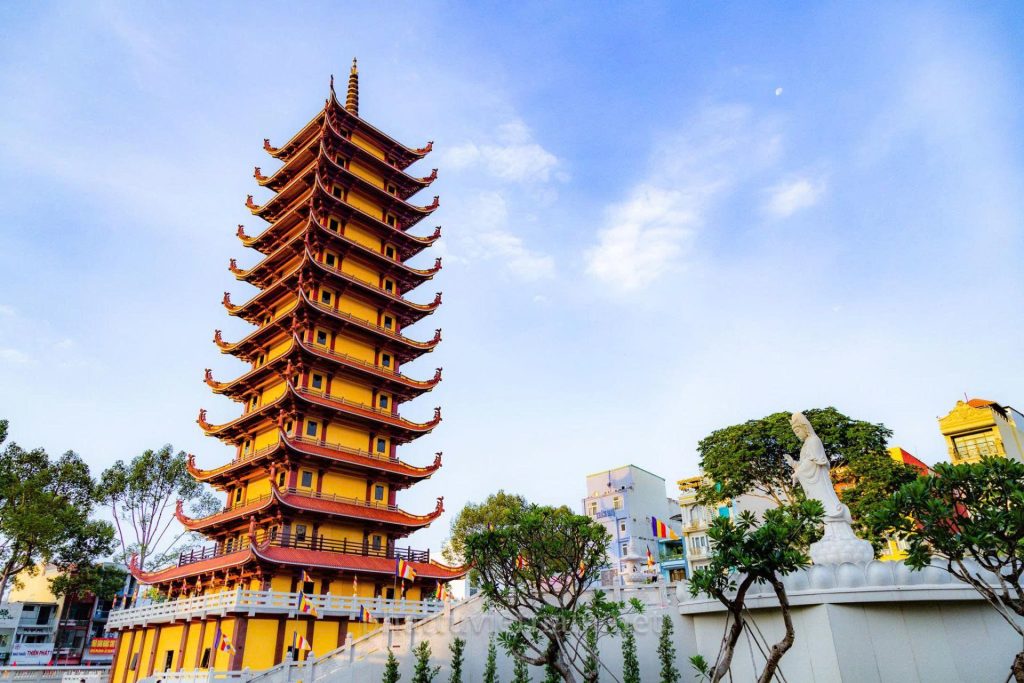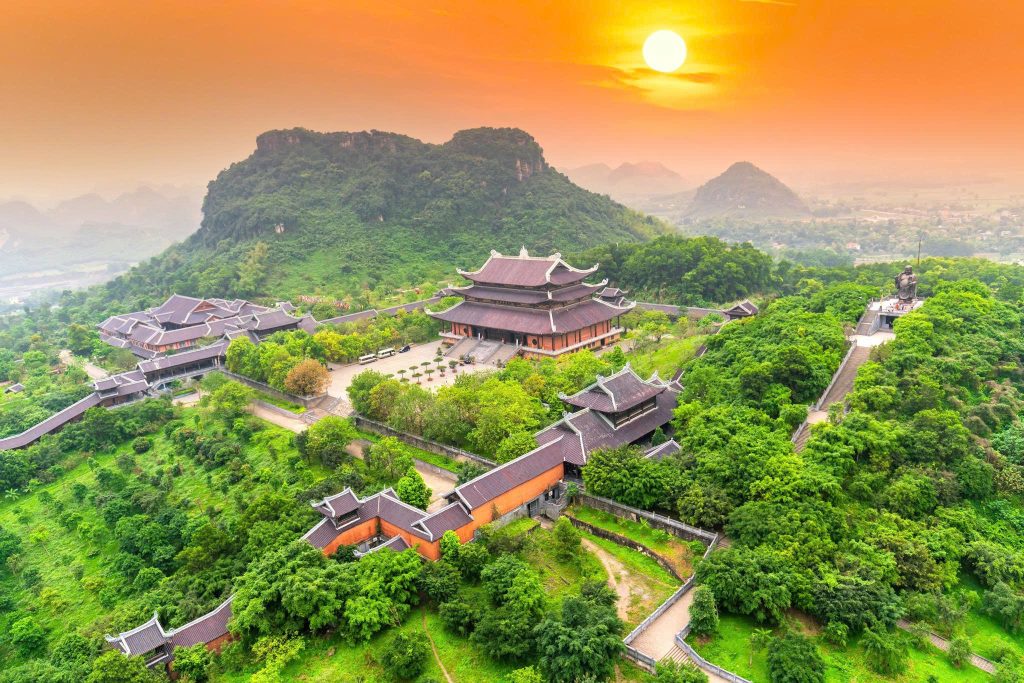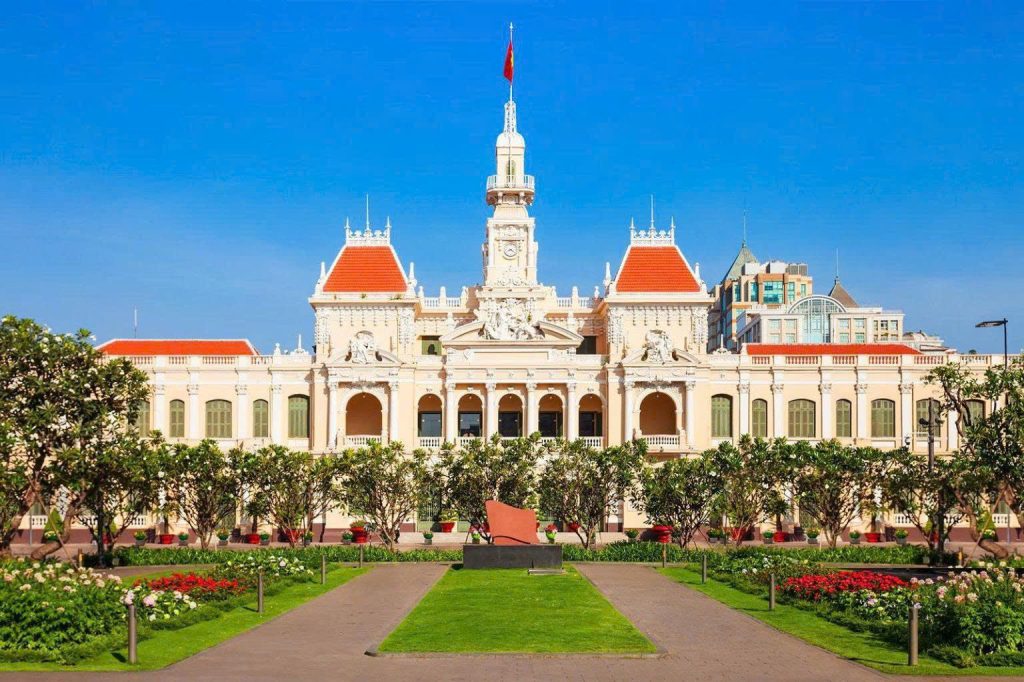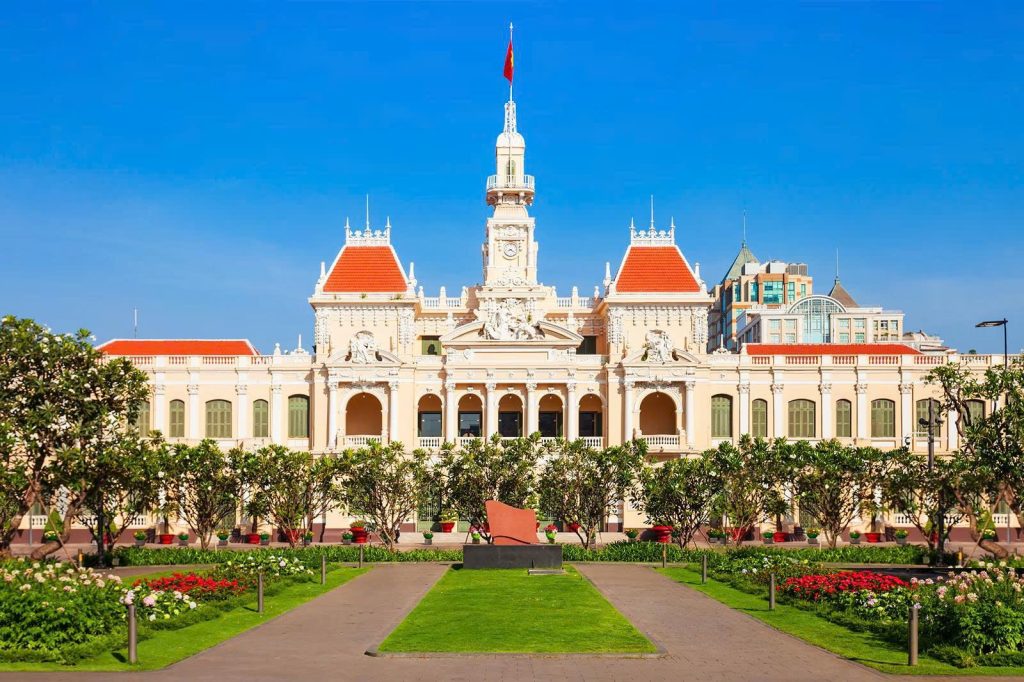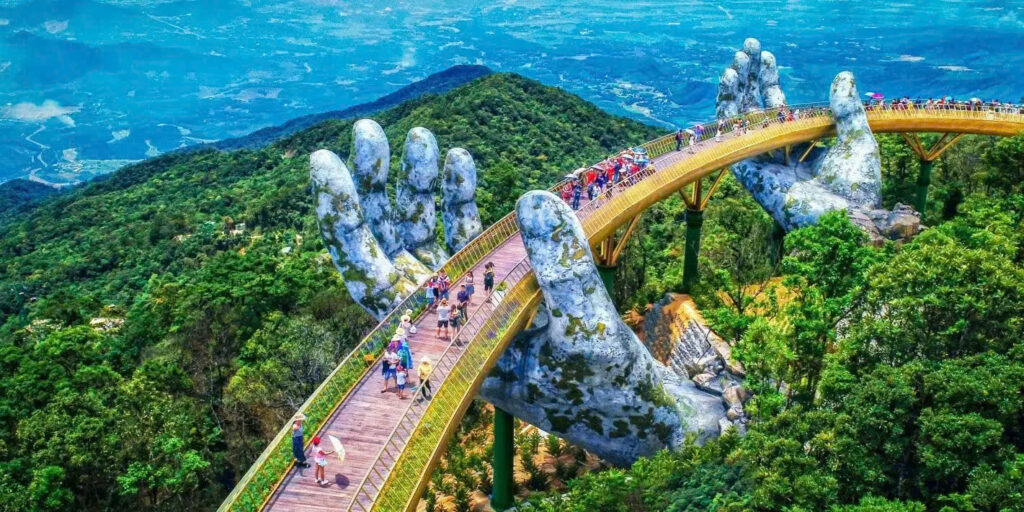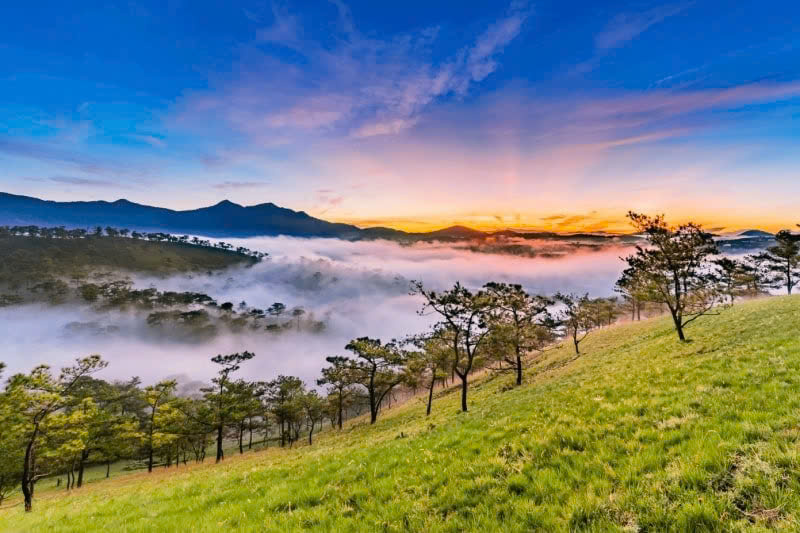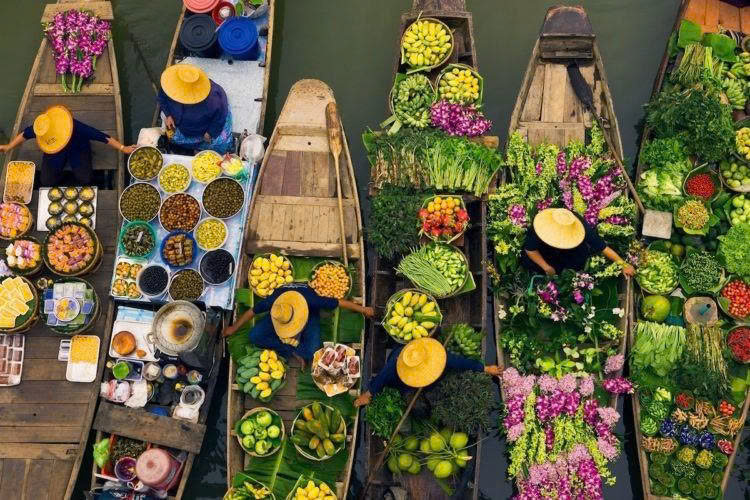Vietnam, a nation of staggering beauty and profound resilience, has rightfully captured the hearts of travelers around the globe. This comprehensive Guide to Vietnam Tourism: North- Central & South will take you beyond the typical tourist spots, offering curated insights into the bustling urban centers, the historical landmarks of the central region, and the tranquil, watery landscapes of the South. Prepare to dive deep into Vietnam’s culture, cuisine, and history from Hanoi to the Mekong Delta.
The Allure of Vietnam: A Land of Striking Contrasts and Deep History
Vietnam’s appeal comes from its incredible variety. The nation’s unique geography is a primary reason for its thriving tourism sector. Visitors can hike through dramatic karst landscapes, cruise on serene emerald waters, trek across stunning rice terraces, and relax on pristine beaches—all within the borders of a single country. This geographical variety is matched by a rich historical legacy. From the ancient citadels of Hue and the perfectly preserved trading port of Hoi An to the poignant battlefields of a unifying war, Vietnam’s past is a tangible part of its present. The warmth and genuine hospitality of the Vietnamese people, their vibrant traditions, and their world-famous cuisine are the final, essential ingredients that make a trip to this country so compelling.
Understanding Vietnam’s Tourism Landscape
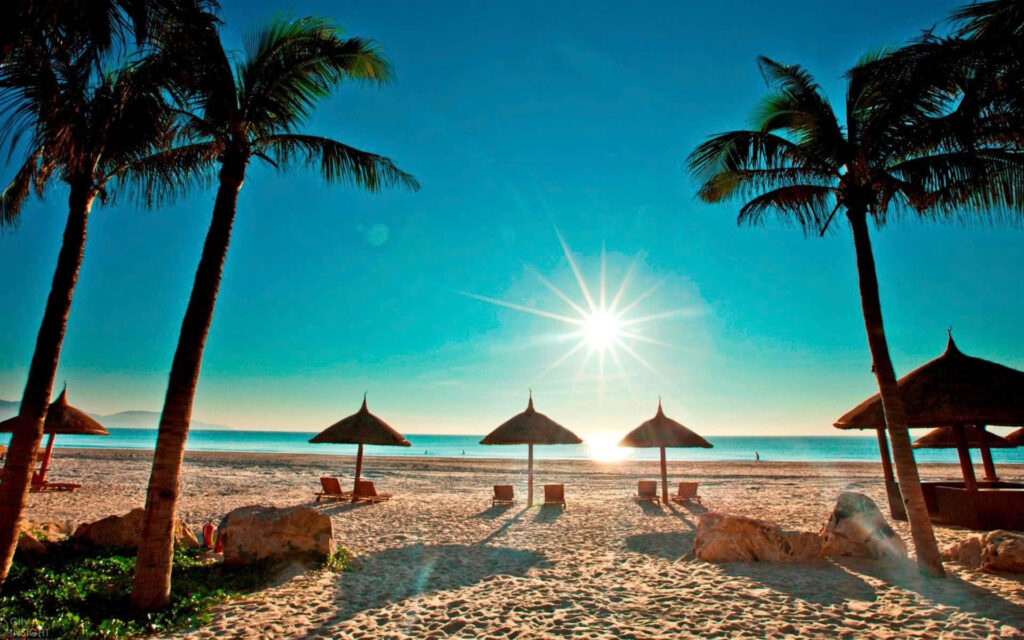
To truly appreciate Vietnam’s travel scene, one must understand the key entities that shape its tourism industry. These include government bodies, natural and cultural heritage sites, transportation networks, and iconic cultural elements. Adhering to the E-A-T principle, this section provides factual, verifiable information to establish authority and trustworthiness.
- Government & Regulatory Bodies: The Vietnam National Authority of Tourism (VNAT), operating under the Ministry of Culture, Sports, and Tourism, is the official government agency responsible for managing and promoting the country’s tourism policies. It’s a crucial entity for understanding visa regulations, travel advisories, and the overall strategic direction of the industry. The VNAT’s mission is to ensure sustainable tourism development, balancing economic growth with the preservation of cultural and natural resources.
- UNESCO World Heritage Sites: Vietnam is a proud custodian of eight spectacular UNESCO World Heritage Sites, which form the backbone of its cultural and natural tourism. These sites are a testament to the nation’s rich history and stunning geography.
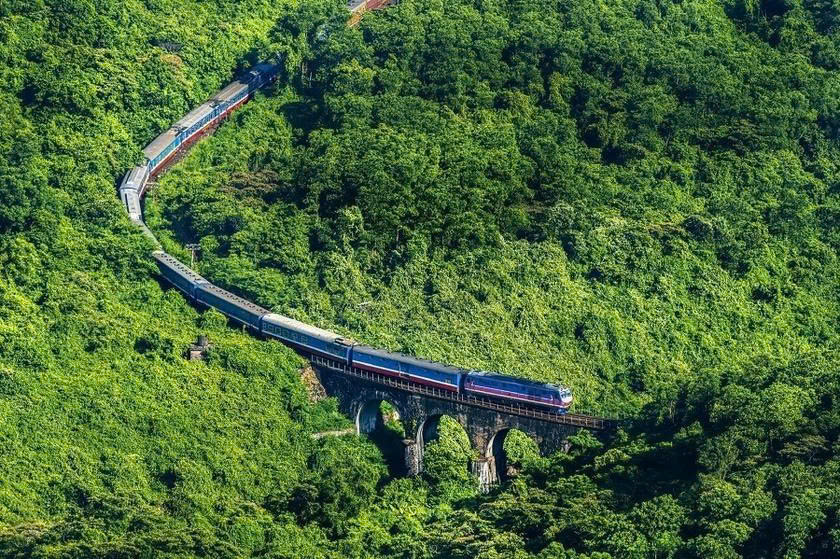
-
- Ha Long Bay: Halong Bay is one of Vietnam’s most iconic natural wonders, a UNESCO World Heritage Site renowned for its thousands of towering limestone karsts and islets that spectacularly rise from the emerald waters of the Gulf of Tonkin.
- Complex of Hue Monuments: The Complex of Hue Monuments is a collection of historical and cultural relics, including the Imperial City and royal tombs. This UNESCO World Heritage Site served as the political and religious center of Vietnam under the Nguyen Dynasty for nearly 150 years.
- Hoi An Ancient Town: A remarkably well-preserved ancient trading port. This UNESCO World Heritage Site showcases a unique fusion of indigenous and foreign architectural styles from centuries of commerce with merchants from Japan, China, and Europe..
- My Son Sanctuary: An awe-inspiring collection of Hindu temples, now partially ruined, that belonged to the Champa Kingdom. This UNESCO World Heritage Site served as the political and religious center for the Champa people from the 4th to the 13th centuries.
- Phong Nha-Kẻ Bàng National Park: Home to the world’s largest caves and the oldest karst mountains in Asia. This UNESCO World Heritage Site boasts a spectacular network of over 300 caves and grottoes, making it a premier destination for adventure seekers and geologists.
- Thang Long Imperial Citadel: A site of significant historical and cultural importance, representing the succession of Vietnamese dynasties. For over a thousand years, it served as Vietnam’s political center, a legacy that is still evident in the ongoing archaeological excavations today. This UNESCO World Heritage Site offers a profound glimpse into the nation’s rich and enduring history.
- Trang An Scenic Landscape Complex: A dramatic landscape of limestone karsts, valleys, and rivers. This UNESCO World Heritage Site is often called “Ha Long Bay on land” and is famous for its peaceful boat tours through a network of caves and waterways. The area’s stunning natural beauty is perfectly complemented by its rich cultural and archaeological history.
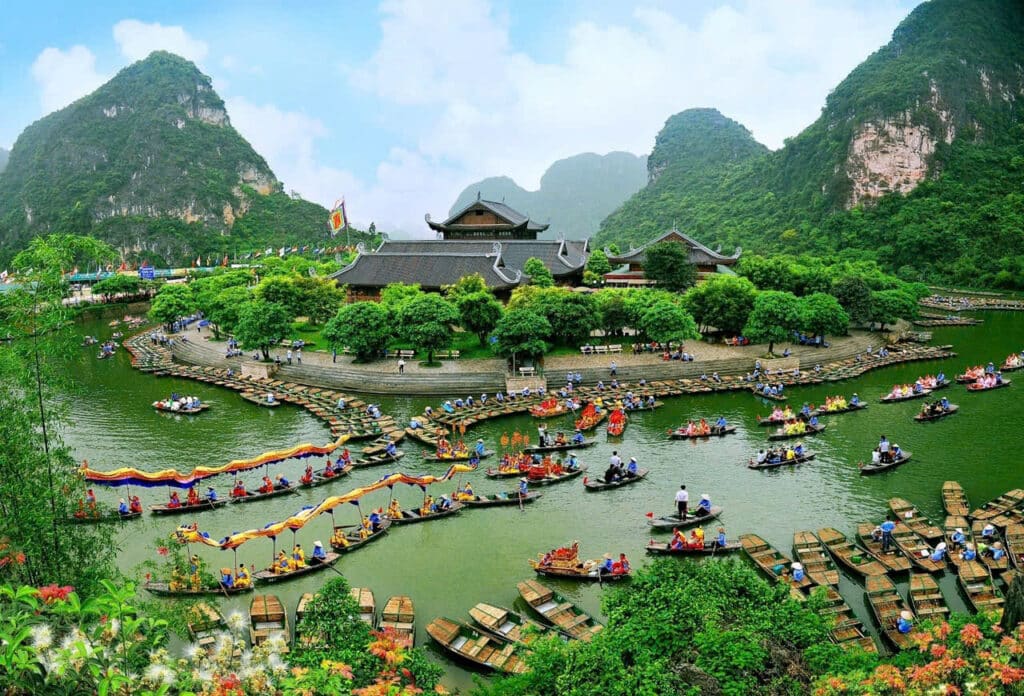
-
- Citadel of the Ho Dynasty: A 14th-century citadel notable for its unique architecture and large-scale stone construction. This UNESCO World Heritage Site is a powerful symbol of Vietnamese independence and showcases remarkable engineering for its time.
- National & International Connectivity: Vietnam Airlines, the national flag carrier, operates a vast network of domestic and international flights. Other major domestic carriers include Vietjet Air and Bamboo Airways, offering competitive fares. The main international airports for the country are Noi Bai (HAN) in Hanoi, Da Nang (DAD), and Tan Son Nhat (SGN) in Ho Chi Minh City. These airports serve as vital hubs for connecting travelers to all regions of the country.
- Culinary & Cultural Icons: Food and cultural entities are inseparable from the Vietnamese travel experience. Phở, the iconic beef noodle soup, and Bánh mì, the globally beloved Vietnamese sandwich, are more than just meals; they are cultural statements. The distinct aroma of Vietnamese coffee and the rich, creamy flavor of cà phê sữa đá (iced coffee with condensed milk) are a daily ritual. Other key entities include the conical hat (nón lá), a traditional symbol of rural life, and the elegant Áo Dài, the national dress for women.
1: The Splendors of Northern Vietnam
Northern Vietnam is the historical and cultural heartland of the nation, a region defined by dramatic mountain ranges, expansive deltas, and a climate that offers four distinct seasons. This region is where Vietnamese civilization began, and it remains a place of profound beauty and ancient traditions.
Hanoi: The Enduring Capital
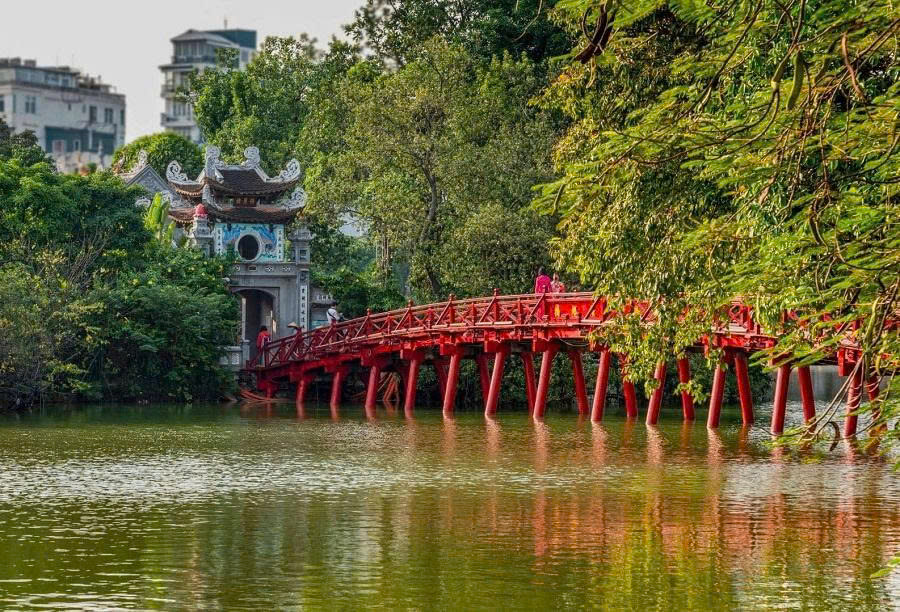
As the political and cultural capital for over a millennium, Hanoi is a city where tradition and modernity exist in a captivating fusion. The city’s heart is the Old Quarter, a maze of lively, narrow streets. Each of the 36 streets was traditionally dedicated to a specific trade, such as Hang Bac (Silver Street) or Hang Gai (Silk Street), a tradition that echoes in many street names today.
- What to See: The Hoan Kiem Lake, with its iconic Ngoc Son Temple connected by a distinctive red bridge, is the city’s spiritual and geographical center. As Vietnam’s first national university, the Temple of Literature is a quiet complex of courtyards and ancient buildings honoring Confucius. For a closer look at the nation’s past, the Vietnam Museum of Ethnology gives a fascinating glimpse into the country’s 54 ethnic groups. The Ho Chi Minh Mausoleum Complex is a site of national reverence, where visitors can pay their respects to the nation’s founding father.
- What to Eat: Hanoi is a street food haven. The local Phở is considered the most authentic in the country. Another must-try is Bún chả, a dish of grilled pork patties and slices served with vermicelli noodles and a sweet and sour broth. For a truly unique taste, Cà Phê Trứng (Egg Coffee) is a Hanoian invention, a decadent concoction of coffee topped with a frothy, creamy egg foam.
Ha Long Bay: A World of Limestone and Water
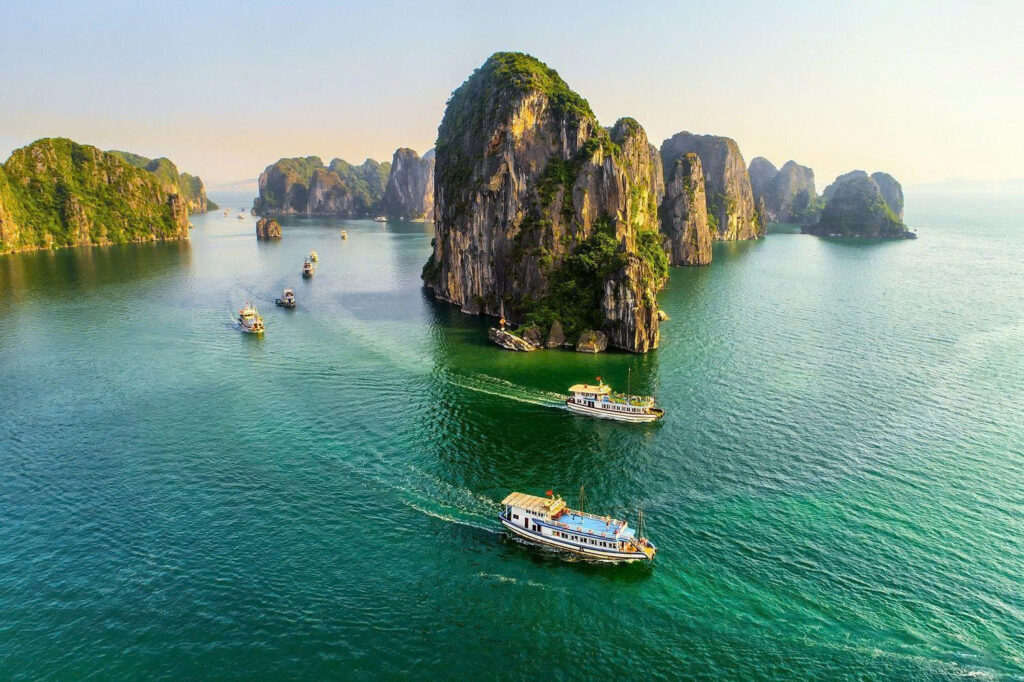
A UNESCO World Heritage Site, Ha Long Bay is a breathtaking seascape of emerald waters and thousands of towering limestone karsts and islets. This geological masterpiece, formed over millions of years, is one of the most iconic natural wonders in Asia. The experience of cruising through this surreal landscape is unparalleled.
- How to Experience: An overnight cruise is the quintessential way to explore the bay. Cruises range from budget-friendly junks to luxurious, modern boats, offering opportunities for kayaking, visiting hidden grottoes like Thien Cung Cave and Sung Sot Cave, and exploring floating fishing villages. For a more tranquil experience, consider a cruise in the neighboring Bai Tu Long Bay or Lan Ha Bay, which offer similar stunning scenery with fewer crowds.
Sapa: The Land of Mists and Terraces
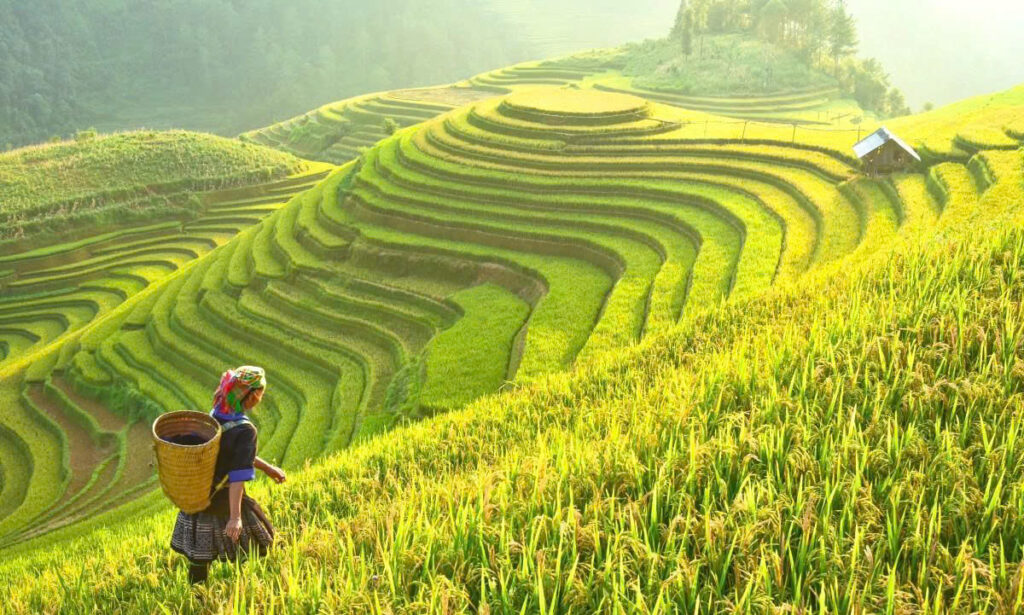
Nestled in the Hoang Lien Son mountain range, Sapa is a premier trekking destination known for its stunning terraced rice fields and the rich culture of its ethnic minority communities, including the Hmong and Dao people.
- Activities: Trekkers can explore various trails, from easy day hikes to multi-day excursions to remote villages. If you want a stunning view without hiking, the cable car to Fansipan’s summit, known as the “Roof of Indochina,” is an impressive modern feat. A unique cultural entity of Sapa is the homestay experience, which allows travelers to stay with a local family, share meals, and gain a deeper understanding of their way of life.
Ninh Binh: Ha Long Bay on Land
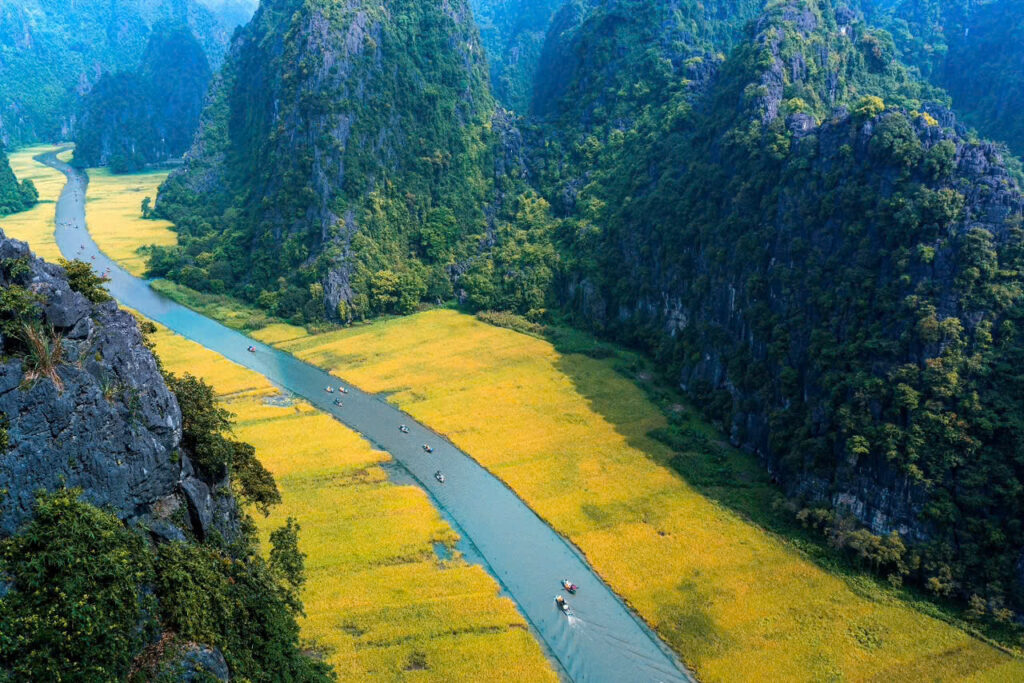
Often hailed as “Ha Long Bay on Land,” Ninh Binh offers a strikingly similar landscape of limestone karsts, but here they rise majestically from tranquil rice paddies and serene rivers.
- Highlights: The Trang An Scenic Landscape Complex, a UNESCO World Heritage site, offers a mesmerizing rowboat journey through caves and past ancient temples. The neighboring Tam Coc offers a similar but more bustling experience. Hoa Lu, the ancient capital, is a historic location featuring temples that honor the kings of Vietnam’s earliest dynasties.For a panoramic view of the entire area, a climb to the top of Mua Cave offers one of the most stunning vistas in the region.
RELATED: 10-Day Northern Vietnam Itinerary: Hanoi, Sapa, Halong Bay & More
2: The Splendors of Central Vietnam
Central Vietnam is a dynamic region that bridges the North and South, offering a perfect blend of ancient history, beautiful beaches, and a vibrant, distinct culture. Its unique position has given rise to some of Vietnam’s most iconic heritage sites.
Da Nang: The City of Bridges and Progress
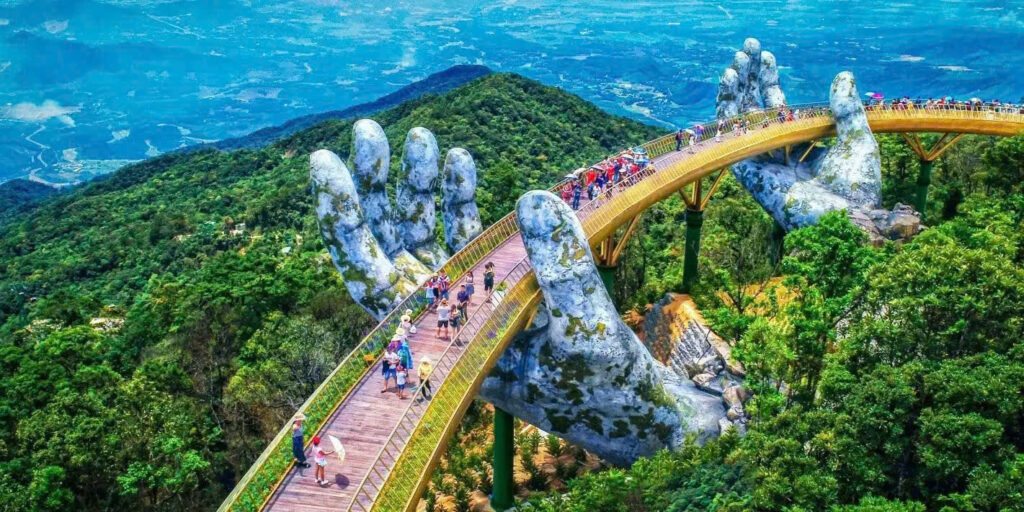
Da Nang is Vietnam’s third-largest city, a modern and rapidly developing urban center with a stunning coastline and an impressive skyline. It is a hub of innovation and a popular destination for both business and leisure.
- Landmarks: The city is famous for its architectural marvels, most notably the Dragon Bridge, which breathes fire and water from its mouth on weekend nights. The Hai Van Pass, a beautiful coastal mountain pass, is a popular spot for road trips because of its stunning views. South of the city, the Marble Mountains consist of five limestone and marble hills that contain caves, pagodas, and offer panoramic vistas. For a more adventurous experience, the Son Tra Peninsula, or “Monkey Mountain,” offers a chance to see the rare red-shanked douc langur.
Hoi An: The Ancient Trading Port
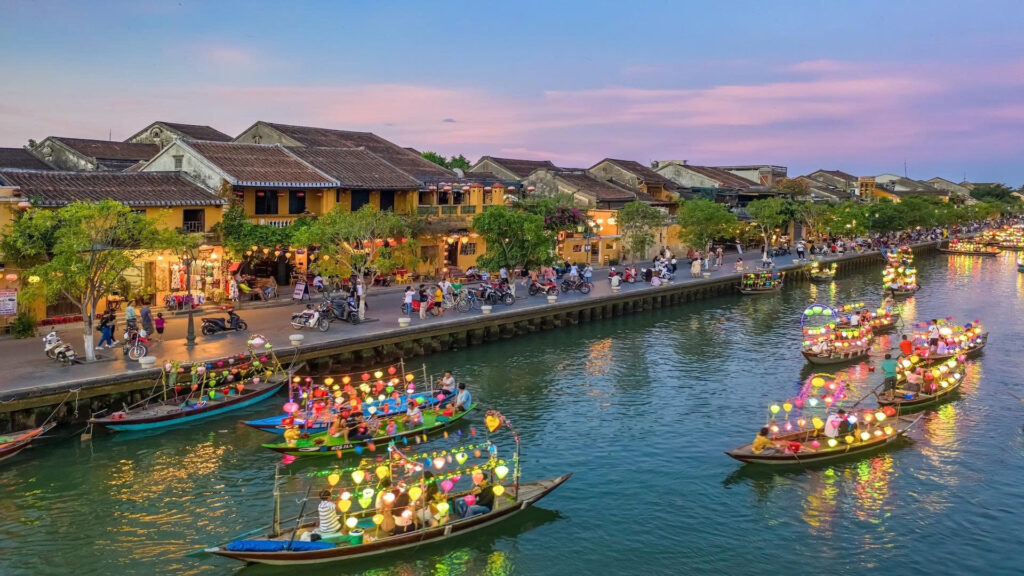
A UNESCO World Heritage Site, Hoi An is a perfectly preserved ancient town that once served as a major trading port. Its narrow streets are adorned with colorful lanterns, and its architecture is a unique blend of Vietnamese, Chinese, Japanese, and French influences.
- Must-Do: Walking or cycling through the car-free streets, especially at night when the lanterns are lit, is a magical experience. The iconic Japanese Covered Bridge is a symbol of the town’s history. Hoi An is globally renowned for its expert tailors, who can custom-make suits, dresses, and shoes in a matter of hours. The nearby An Bang Beach offers a peaceful escape from the bustling town.
- Cuisine: Hoi An has its own signature dishes. Don’t leave without trying Cao lầu, a unique noodle dish with pork, crispy cracklings, and local greens, and Bánh Bao Bánh Vạc (White Rose dumplings), a delicate steamed dumpling unique to the town.
Hue: The Imperial Capital
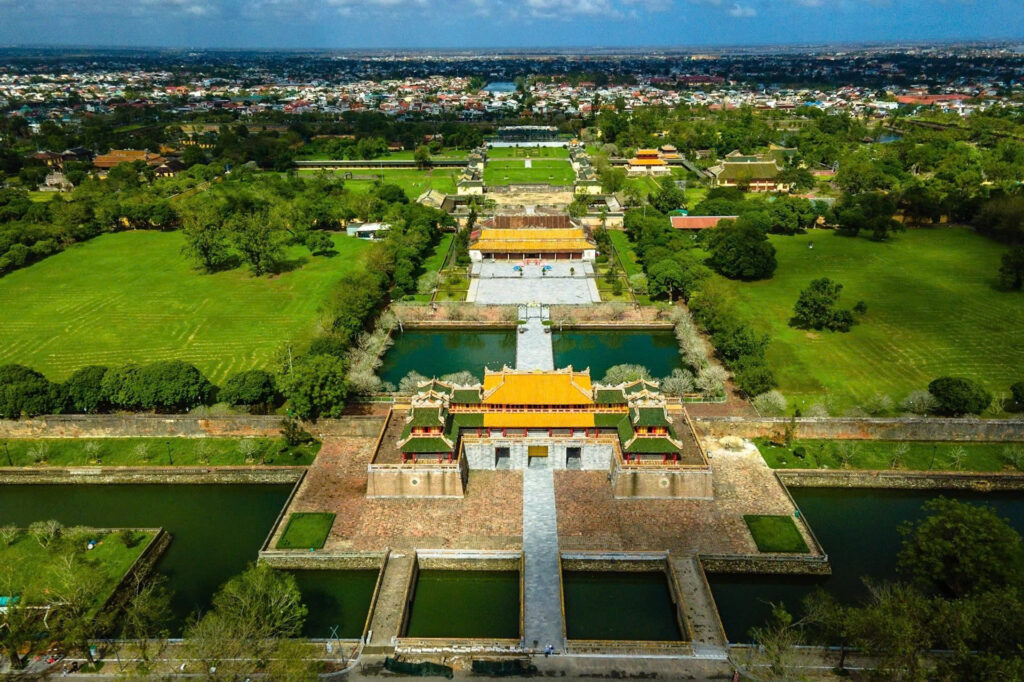
Hue was the last imperial capital of Vietnam, serving as the seat of the Nguyen Dynasty from 1802 to 1945. It is a city steeped in history, culture, and a refined culinary tradition.
- Attractions: The magnificent Imperial City, a UNESCO site, is a vast walled fortress and palace complex where the emperors once lived. Along the Perfume River are several majestic royal tombs of the Nguyen emperors, each with its own unique architectural style, such as the elaborate Tomb of Emperor Khai Dinh and the serene Tomb of Emperor Minh Mang.
Phong Nha-Kẻ Bàng National Park: Caves of Grandeur

Phong Nha-Kẻ Bàng National Park, a UNESCO World Heritage Site, stands as a testament to Vietnam’s incredible natural beauty. The park is home to the oldest karst mountains in Asia and an astonishing network of over 300 caves and grottoes. Adventure seekers and nature lovers absolutely must visit this place.
- Highlights: Visitors can take a boat trip through Phong Nha Cave or explore the magnificent stalactites and stalagmites of Paradise Cave. For the ultimate adventure, the park is home to Son Doong Cave, the largest cave in the world, though a trip there requires a guided, multi-day expedition and a significant budget.
RELATED: 5-Day Central Vietnam Motorbike Itinerary: Ride the Best of Vietnam
3. The Energy of Southern Vietnam
Southern Vietnam is defined by its tropical climate, high-energy cities, and a laid-back, hospitable culture. The region is shaped by the mighty Mekong River and a vibrant, diverse culinary scene.
Ho Chi Minh City (Saigon): The Dynamic Metropolis

Ho Chi Minh City, still affectionately known as Saigon, is the country’s economic heart and most populous city. It is a city of relentless energy, a place where history and modernity clash and merge in a captivating chaos.
- Historical Sites: The War Remnants Museum offers a powerful and sobering look at the Vietnam War. Other key landmarks include the Notre-Dame Cathedral Basilica of Saigon and the Central Post Office, a beautiful colonial-era building designed by Gustave Eiffel. The Reunification Palace (or Independence Palace) is a must-see for its historical significance as the site where the Vietnam War officially ended.
- Experiences: The city’s street food scene is legendary. The Ben Thanh Market is a central hub for shopping and eating. Exploring the vast underground network of the Cu Chi Tunnels, used by the Viet Cong during the war, is a unique and historical experience. The city’s districts, like District 1 for its colonial architecture and District 5 for its bustling Chinatown, each offer a distinct character. Check tours here: Klook
The Mekong Delta: The Rice Bowl of Vietnam
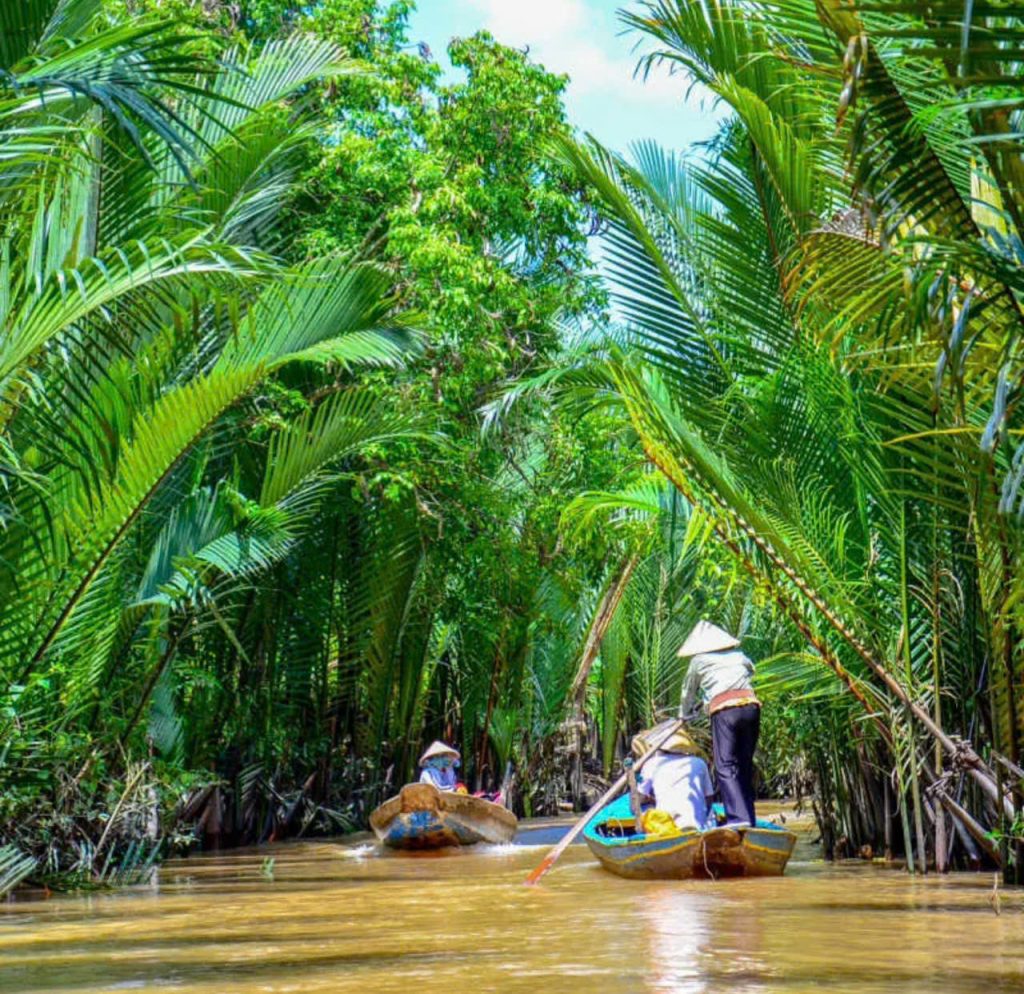
The Mekong Delta, known as the “rice bowl of Vietnam,” is a huge system of rivers, swamps, and islands where people’s lives are closely connected to the water. The region is famous for its vibrant floating markets, lush fruit orchards, and friendly, welcoming locals.
- Highlights: A boat trip to the Cai Rang Floating Market near the city of Can Tho is an iconic experience, where traders sell fruits, vegetables, and other goods directly from their boats. Visitors can also explore traditional villages, visit fruit farms, and take a cooking class to learn the secrets of the region’s cuisine. The coconut candy workshops in Ben Tre are a popular stop, offering a taste of the delta’s sweet side.
RELATED: Discovering Ho Chi Minh City in 3 Day: Your Ultimate Itinerary
Phu Quoc Island: The Pearl Island
Phu Quoc is Vietnam’s largest island, a tropical paradise with stunning white-sand beaches, dense forests, and a developing tourism infrastructure.

- Activities: Relax on the famous Sao Beach and Long Beach, go scuba diving or snorkeling in the clear waters, and visit the Vinpearl Safari Park. For a different experience, take the Hon Thom Cable Car, one of the longest over-sea cable cars in the world, for breathtaking views. The island is also known for its local industries, including black pepper plantations and the renowned Phu Quoc fish sauce factories, which you can visit to learn about the production process.
RELATED: Things to Do in Phu Quoc: Discover Paradise
Planning Your Trip: Essential Tips and Practical Information
To ensure a smooth and enjoyable trip, here are some essential tips for travelers, compiled to meet the informational needs of prospective visitors.
- Best Time to Visit: Due to Vietnam’s long geography, the climate varies significantly. November to April is usually the best time to visit, as the weather is mostly dry and pleasant throughout the country. The North can be cool during the winter months, while the South remains hot and dry. The rainy season, typically from May to October, can bring heavy, short bursts of rain.
- Visa Requirements: Most nationalities require a visa to enter Vietnam. The most common options are an e-Visa, which can be obtained online, or a Visa on Arrival, which requires a pre-approval letter. It is crucial to check the specific requirements for your nationality well in advance of your trip by consulting the official VNAT website.
- Currency & Budgeting: The official currency is the Vietnamese Dong (VND). While major credit cards are accepted at hotels and restaurants in cities, cash is essential for local markets, street food stalls, and small businesses. A daily budget of around $25-50 USD can suffice for a backpacker, while a mid-range traveler might spend $70-150 USD per day.
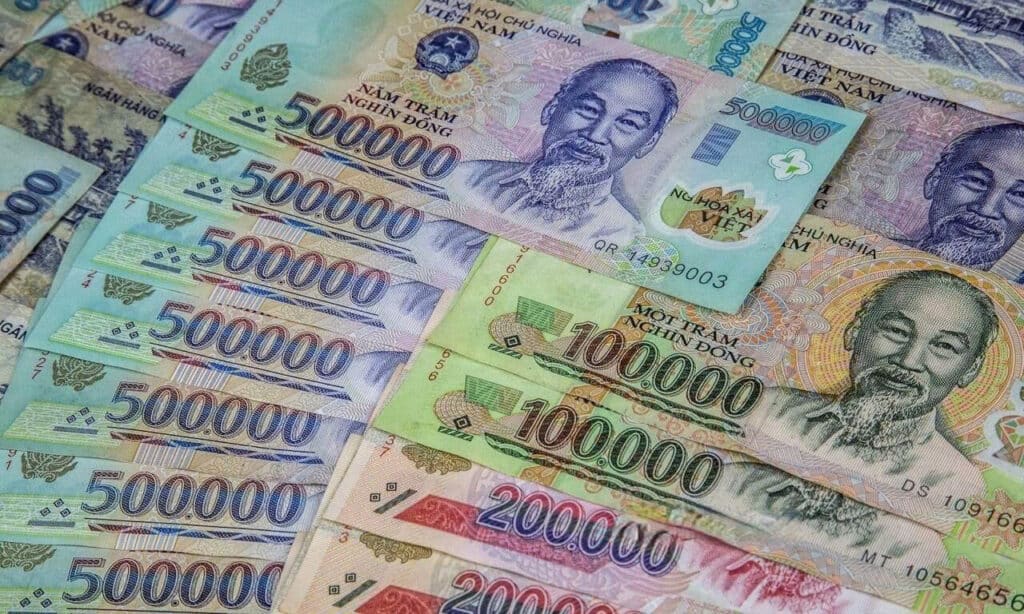
- Transportation: Vietnam has an efficient network of domestic flights, connecting major cities quickly. For a more scenic and cultural experience, the Reunification Express train runs the entire length of the country. Within cities, ride-sharing apps like Grab offer affordable and convenient transportation via both cars and motorbikes.
- Health and Safety: It’s always wise to have travel insurance. Drink bottled water only and be cautious with street food, though it is often safe and delicious. Carry a basic first-aid kit and bring insect repellent, especially in rural areas.
- Cultural Etiquette: Always remove your shoes before entering a temple or a Vietnamese home. When visiting religious sites, you should dress modestly by covering your shoulders and knees. Politeness and a friendly demeanor go a long way in interacting with locals.
RELATED: Hanoi to Ho Chi Minh City Itinerary 3 Weeks: North to South Vietnam
Vietnam is a country with lively contrasts, a rich history, and beautiful natural scenery. From the misty mountains of the North to the ancient heart of the Central Coast and the dynamic energy of the South, the country offers a journey of discovery that is unparalleled. This guide has provided a comprehensive framework for understanding the diverse landscapes, rich cultural heritage, and essential travel logistics that define Vietnam’s tourism landscape.
By embracing the unique character of each region, you are poised to embark on an adventure that will create memories to last a lifetime. Vietnam is a place that engages your senses and moves you emotionally, and your adventure is only starting. Have a great time on your journey in this amazing country.

